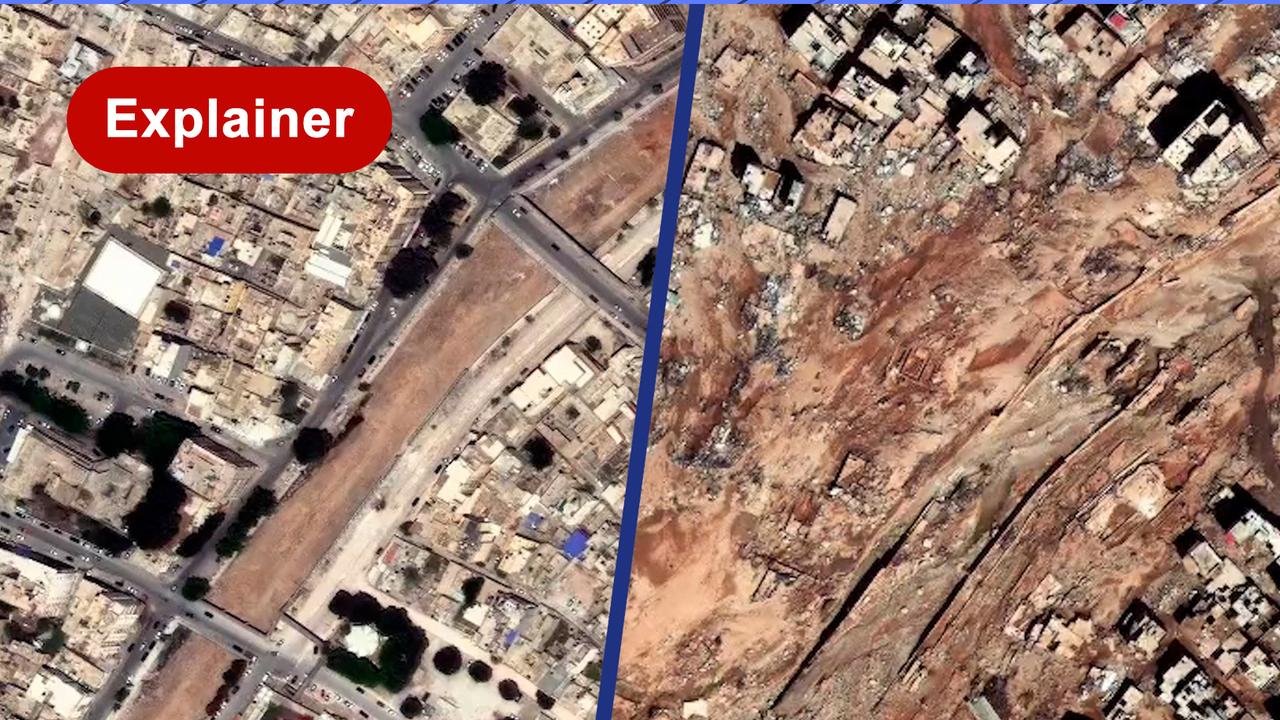
This article was last updated on September 21, 2023
Canada: ![]() Oye! Times readers Get FREE $30 to spend on Amazon, Walmart…
Oye! Times readers Get FREE $30 to spend on Amazon, Walmart…
USA: ![]() Oye! Times readers Get FREE $30 to spend on Amazon, Walmart…
Oye! Times readers Get FREE $30 to spend on Amazon, Walmart…
Table of Contents
Displacement and Devastation
At least 43,059 people have been displaced by the severe weather and flooding disaster in northeastern Libya. The International Organization for Migration (IOM) reports that many people are still moving away, particularly from the hardest-hit city of Derna, due to the lack of drinking water. Those affected have been seeking refuge in Tobruk, located further east, or migrating west to Benghazi, often staying with family members.
Storm Daniel’s Impact
The region experienced heavy rainfall on September 10th and 11th, following Storm Daniel. Unfortunately, this was not the first occurrence for the city of Derna, situated at the river mouth of the same name. In response, two dams were constructed outside the city in the 1970s in an attempt to regulate water levels. However, the lack of maintenance led to the unexpected collapse of the dams during the storm.
Countless Lives Lost
The forceful flow of water surged through the city, leaving at least a quarter of Derna destroyed. Thousands of lives were lost, although the exact number of victims remains uncertain. The most recent data from the IOM indicates that at least four thousand bodies have been recovered thus far, a figure that continues to rise. Tragically, among the victims were hundreds of migrants who had traveled to northern Libya in hopes of reaching Europe via sea.
The Ongoing Crisis
The aftermath of the storm has left the affected region in a state of crisis, with tens of thousands of individuals left without homes or basic necessities. Access to clean water is particularly limited, resulting in widespread movement and displacement. The IOM is working to assist those affected, providing emergency aid, shelter, and support.
Rebuilding and Relief Efforts
The Libyan government, along with international organizations and humanitarian agencies, has launched a coordinated effort to address the immediate needs of the displaced population and initiate long-term reconstruction plans. The focus is primarily on providing emergency shelter, clean water, healthcare, and essential supplies to those affected.
Immediate Aid
Emergency shelters have been set up to provide temporary accommodation for those displaced by the storm. Efforts are underway to ensure that the affected individuals have access to clean drinking water and sanitation facilities. Medical teams have also been deployed to offer healthcare services and treat any injuries or illnesses resulting from the disaster.
Long-Term Reconstruction
The long-term reconstruction plans aim to restore infrastructure, including basic utilities such as electricity and water supply. The damaged dams will be repaired to prevent future flooding and ensure water regulation for the region. Additionally, housing initiatives will be implemented to provide permanent shelter for those who have lost their homes.
Assistance from the International Community
The devastating impact of the storm has prompted an international response, with countries and organizations offering support to alleviate the crisis. Financial aid, relief supplies, and specialized personnel have been provided to assist in rebuilding efforts and provide essential services.

Be the first to comment